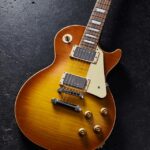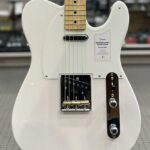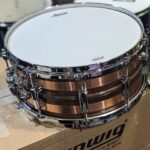Shopping for your first instrument is paramount for a lifelong adventure of discovery and inspiration. It can also be confusing because musical instruments come in a range of types and models.
If you’re buying your first guitar, you’ll have to decide what size to get, whether to go acoustic or electric, and whether to buy new or used. While numerous factors may influence your decision, the most essential thing is to pick a guitar that sounds good, looks good, and feels good to play – for you.
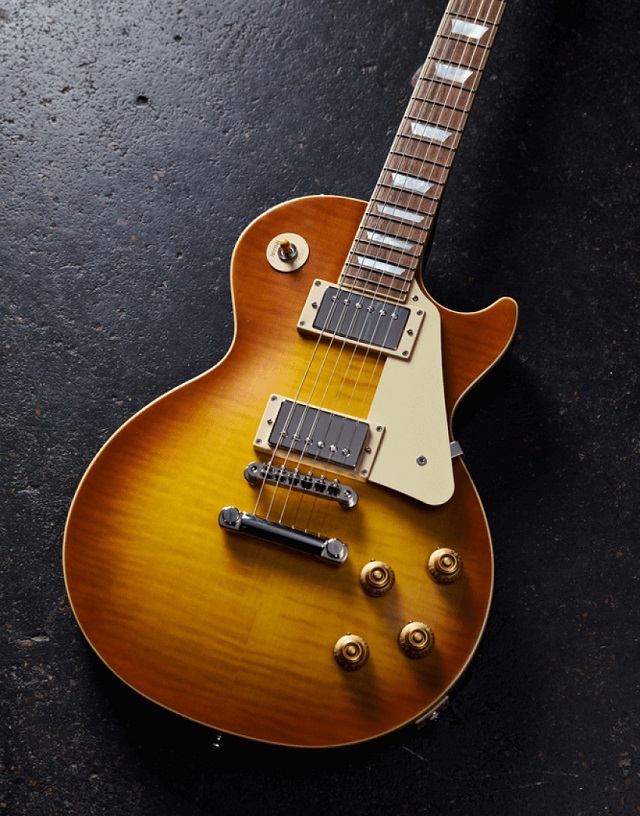
Pick Your Player
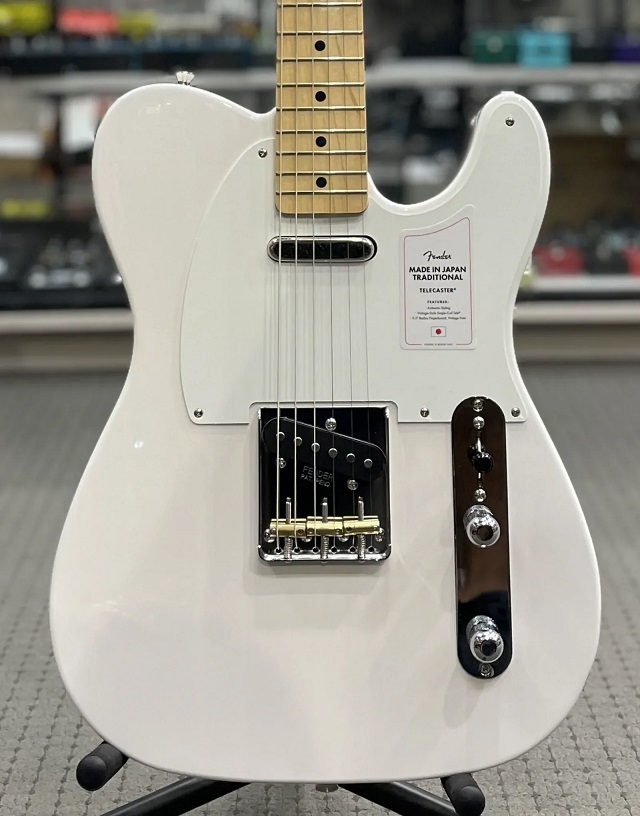
Whether a novice or a professional musician looking for an upgrade, you can find a user-friendly guitar to buy that not only looks good but also sounds good! There are countless styles of guitars available to suit different preferences and musical aspirations. Above all, the instrument should inspire you and make you want to practice more frequently.
Electric guitars are the most popular guitar type in modern music. Electrics create only the weakest sound on their own, but when coupled to an amplifier, they unlock a world of possibilities for a wide range of sounds. These guitars are most commonly employed in rock, metal, pop, blues, jazz, country, and R&B. When going for the best option available, iconic designs such as Fender’s Stratocaster and Ibanez are always a good idea.
Acoustic guitars, on the other hand, are designed to generate a rich sound without using electric amplification. They are mostly utilised in genres such as folk, singer-songwriter, country, and bluegrass, however, they are also used in rock, blues, and R&B.
If you want a guitar that has the benefits of both electric and acoustic, then you should go for an acoustic-electric option. Because performers frequently utilise acoustic guitars in large arenas, manufacturers create models with built-in microphones or pickups. The advantage is that these guitars function and sound precisely like acoustic guitars, but they can also be plugged in and amplified using an amp or a home sound system. Martin acoustic-electric guitars are renowned for their impeccable craftsmanship and premium materials.
Want to know what the difference is between learning to play acoustic and electric guitar? At their heart, they are the same instrument, and concepts learnt on one are instantly transferable to the other. However, an electric guitar may be the finest beginner instrument to learn because the neck is narrower, and the strings are easy to press down.
Music Genre
When choosing the best guitar, the music genre you plan to play is a determining factor. Different genres have distinct sounds and techniques, requiring guitars with specific features.
For instance, rock and metal players often prefer electric guitars with humbucker pickups for a heavier, more powerful tone. Blues and jazz musicians, on the other hand, might pick semi-hollow or hollow-body guitars for their warm, smooth sound. Acoustic guitars can vary too; fingerstyle and folk players usually opt for smaller-bodied acoustics with clear, balanced tones, while strummers favour dreadnoughts for their robust volume.
Even the wood type and string gauge are influenced by the genre, as they shape the guitar’s tone and playability. Choosing a guitar that matches your preferred style ensures you achieve the desired sound and feel, making practice and performance more satisfying. Understanding your genre’s requirements will make you invest in a guitar that truly complements your musical journey.
Additional Buying Factors
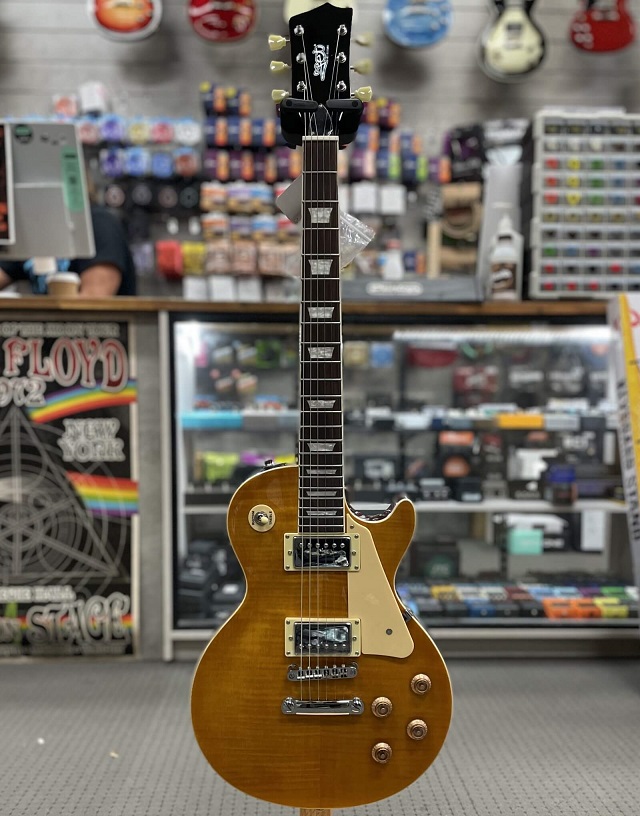
Being aware of the music genre you will play as well as understanding how guitars work, doesn’t cover everything you should be aware of when searching for the best guitar to buy. There are some additional factors you might want to consider.
New or Second Hand
The good news is that there’s a huge second-hand intermediate and advanced guitar market, and you can often trade gear too. As always, be careful shopping online. If you can meet in person and try out the guitar, definitely do that, as you may find a guitar that looks great but has some problem, like a busted pickup or feels like it needs a good setup.
High-end guitars will age well if cared for, and there are a lot of professional musicians using fifty to sixty-year-old classic models from manufacturers like Fender and Gibson.
The Right Size
In terms of size, beginner-friendly instruments come in a variety of shapes and sizes. Picking a guitar that feels good and fits well is critical for any aspiring learner, particularly younger students who are not yet completely developed.
The wrong guitar size can have an impact on your ability to play, and young students may struggle with full-size guitars due to the breadth of the neck, heavier weight, larger fret spacing, and inability to play all of the notes.
While it may be tempting to purchase a full-size model that a beginner player may “grow into,” the reality is that they will most likely become upset while attempting to play an instrument that is too large for their body and hands. Several guitar manufacturers provide tiny-scale guitars, which might be excellent choices for young players who are just starting out.




